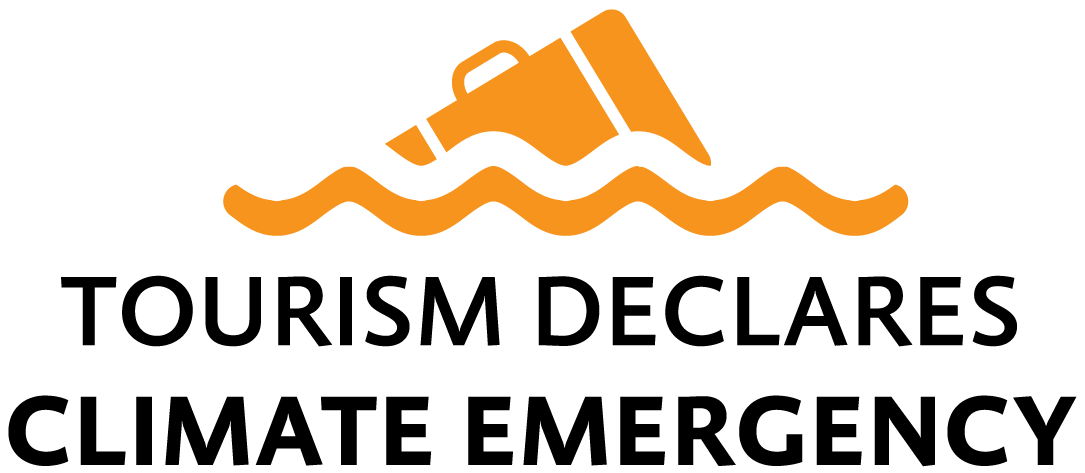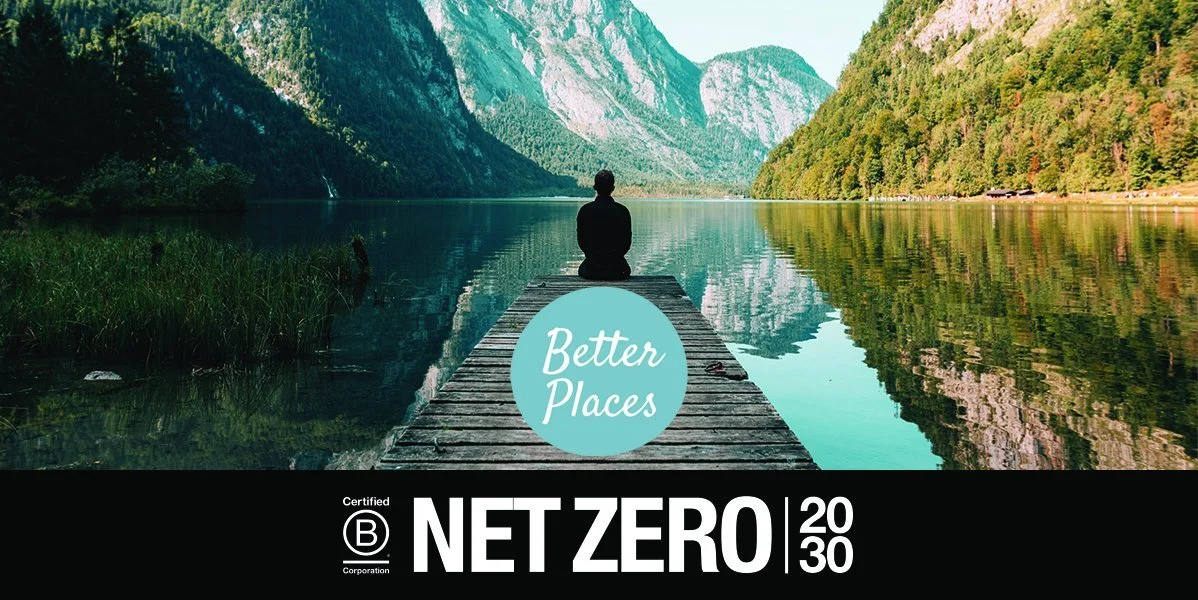Measuring and tackling greenhouse gas emissions with The Long Run
The Long Run is a membership organisation with a shared vision of business, nature and people work harmoniously together for a sustainable future. Collectively, The Long Run members help to conserve over 23 million acres of ecosystems and improve the lives of more than 750,000 people.
The organisation supports, connects and inspires nature-based lodges, tour operators and destinations to operate according to the 4Cs — Conservation, Community, Culture and Commerce. Here we talk to Technical Advisor, Anne-Kathrin Zschiegner, about tackling carbon.
What motivated The Long Run to declare?
For ten years, The Long Run has worked with some of the world’s most pioneering conservation businesses to advocate, support and champion tourism as a force for good. Key to this work is the knowledge that functional ecosystems underpin climate change mitigation, as well as health, peace and prosperity. Nature provides a robust life support system and protecting it has never been more crucial.
At The Long Run, we believe that mitigating our footprint is not enough; we strive to have a positive impact. This means constantly scrutinising, challenging and re-evaluating what we do. The private conservation sector needs to show leadership to reduce carbon emissions while protecting landscapes and marine-scapes and supporting the people that live within them. That is why in January 2020 we became a founding signatory of Tourism Declares. Being part of a pioneering community helps to keep us on our toes!
Why is this still important in light of the COVID crisis?
We think it’s more urgent than ever to address carbon and the climate emergency. Firstly, the Covid crisis is a taster of what might come if we don’t act on the warning signs, and, secondly, climate is about efficiency and resilience which have both been top of mind throughout 2020 as resource efficiency can allow businesses to better survive and recover from the crisis. Our members are pioneers in sustainability, and so have always looked at ways to reduce carbon emissions, but to lead we need the data to prove it.
What action have you taken since declaring?
Our declaration has driven our action throughout this year and has been an incredibly helpful guide. We have three strands of work – measuring and reducing carbon as an organisation, helping members to measure and continue reducing their carbon footprints, and advocating for a lower-carbon travel industry.
To ensure that we are carbon neutral as an organisation by the end of 2020, we first needed to measure our carbon impact. To do this, we gathered data on everything from email and social media use to our annual meeting and diagnostic visits to members. This helped us identify opportunities to reduce and offset. We consider offsetting to be a last resort, but it is unavoidable in some circumstances. For example, we have to fly to our annual meeting, but we can make more carbon-efficient choices when it comes to transport, food and activities once we get there.
For our members, we have improved our performance calculator and environmental dashboard with the help of our Affiliate Member Efisur. The dashboard not only motivates members to measure their energy and water use as well as waste but gives The Long Run a baseline to draw comparisons. Members find this helpful because they can better understand their carbon footprint in relation to other similar properties and businesses. We can also use the dashboard to highlight and scrutinise discrepancies and success stories. Our message to members is that we are here to share; by working together, we will all reduce emissions quicker.
What are the main challenges you face when it comes to measuring and reducing emissions?
For our members, the main challenge is time. To correctly measure carbon emissions and continually reduce them, you need dedicated time and resource (employee training is an often forgotten but essential part of this). What’s great about being in a community, is that one members’ learning is shared across the whole group, so we all get up to speed quicker. Those members that have committed the time and resource can also share benefits and prove the business case for measuring and reducing carbon with others.
While some are in survival mode due to the COVID-19 crisis, others have time on their hands to work on operational issues like carbon. We provide the tools and platform to help everyone do as much as they can.
As an organisation, the main challenge is of course flights (our Annual Meeting accounts for 70% of our carbon emissions). Now that we are part of Preferred by Nature (NEPCon), we have an opportunity to explore using more regional experts and reducing the need for our core team to fly to carry out diagnostic visits of members. However, there are some flights we can’t avoid, for example, our Annual Meeting, which is an important get together for the organisation and membership to function and bond as a community. And, of course, our members rely heavily on international flights. This is why we’re currently exploring a 4C journey for other actors in the sector, and better understanding the carbon value of the landscapes we protect.
What solutions are you most proud of?
Anne-Kathrin Zschiegner is the Technical Assistance Advisor at The Long Run.
The environmental dashboard that we created with Efisur is a real step-change in how we can benchmark members and immediately see their carbon footprint per guest night.
Another vital part of this is the separation of our members’ tourism enterprises and their conservancies (the conservation side of their business) so that the figures can be compared. We haven’t seen anyone else do this yet, so it feels quite cutting-edge.
What does the next level of commitment look like?
As an organisation, it’s putting this year’s work gathering data into action. How do we continue to deliver our service while reducing carbon emissions? What does carbon neutral mean to us as an organisation? How does this tie in with our conservation and biodiversity work? For our members, it’s about providing continual support, improvement, and training on carbon measurement, reduction and the role our landscapes play in absorbing carbon from the atmosphere. We’ll be exploring how to provide more tailored support to encourage everyone in our membership to declare a climate emergency.
What advice would you give to others declaring a climate emergency?
It’s important to be realistic but ambitious at the same time if that makes sense! Be realistic about what your impact is and recognise your limitations. What you can improve, aim high and make it happen. It’s important to push yourself. This isn’t just words or something to jump into without good intention. If you’re going to do it, you have to do it thoroughly – this applies to measuring and reducing carbon. The detail is vital. Even if your footprint is relatively small, we believe we all have a moral obligation to declare and continuously reflect and go further. Be fair on yourself. Sustainability is a journey, and no one is perfect. Those that come out top lead with honesty, transparency, commitment and collaboration.
For more information about The Long Run, go to: thelongrun.org





Students get access to a range of online modules which they complete alongside the rest of their travel group prior to departure. Two focus on the climate crisis.